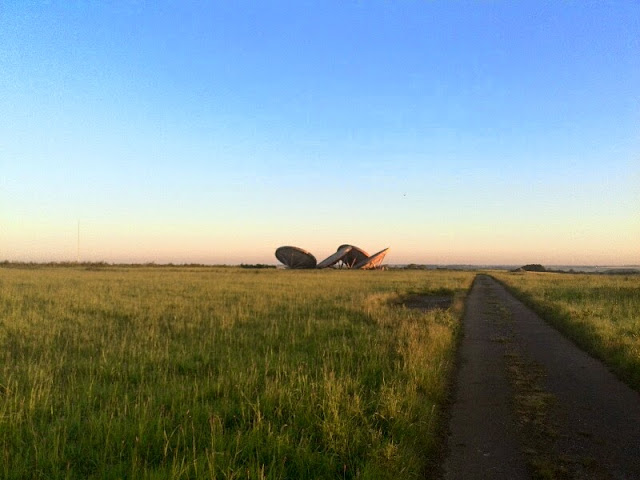These Doncaster units, called Athron Industrial Estate in recent years, have been closed and gated for some time now, perhaps over a year.
The Holmes area of Wheatley was and still is a major junction - Broxholme Lane, Beckett Road, Wheatley Lane, Queens Road, Kings Road and Dockin Hill Road all come together here. Nowadays the Wheatley Hall Road dual carriageway passes alongside, and a new road and junction are being built on the other side - this will lead to the new Waterfront development.
There's plenty of reference to a Holmes Market, for which I can't find any details, but a quick search online reveals there were joiners and stonemasons based in this quarter in the 1860s. There's the shop parade there today which includes a motor shop and a mini supermarket.
This industrial yard is where businessman and philanthropist William Nuttall's sweet factory was based. He died in 1934 and his name is also associated with the spinster cottages on Bennetthorpe. His confectionary company gave the world the Liquorice Lump and Mintoes:
This is the site where the minty, sticky chew originates. In recent times the estate housed car repair shops, a pickle factory, carpet and furniture warehouses and a dance studio and gym. There are several large factory rooms and the hoist arms, balcony and bridge fits in with manufacture of food stuff.
Now the place rots, and parts have been damaged by fires in July 2013 and January 2014. There's evidence of dwelling and one of the small garages may be being used for drug taking. Structural weakness and warnings of asbestos means it's not a recommended visit.
Rear, from Queens Road
Into the yard
A look at the main building with hoist arm, balcony and bridge
Rear courtyard
One of many messy offices
Fire damaged rooms
One of the upstairs rooms
In the dark recesses
The basement was used as a band rehearsal space. This is fluffy mold.
Some musical equipment remains
The right hand building most recently housed car workshops and a dance studio/gym
The upper floor has been fire damaged
Thanks for reading folks and do let us know if you have any more information on Holmes Market, Nuttall's sweet factory or anything about the site in general.


























































